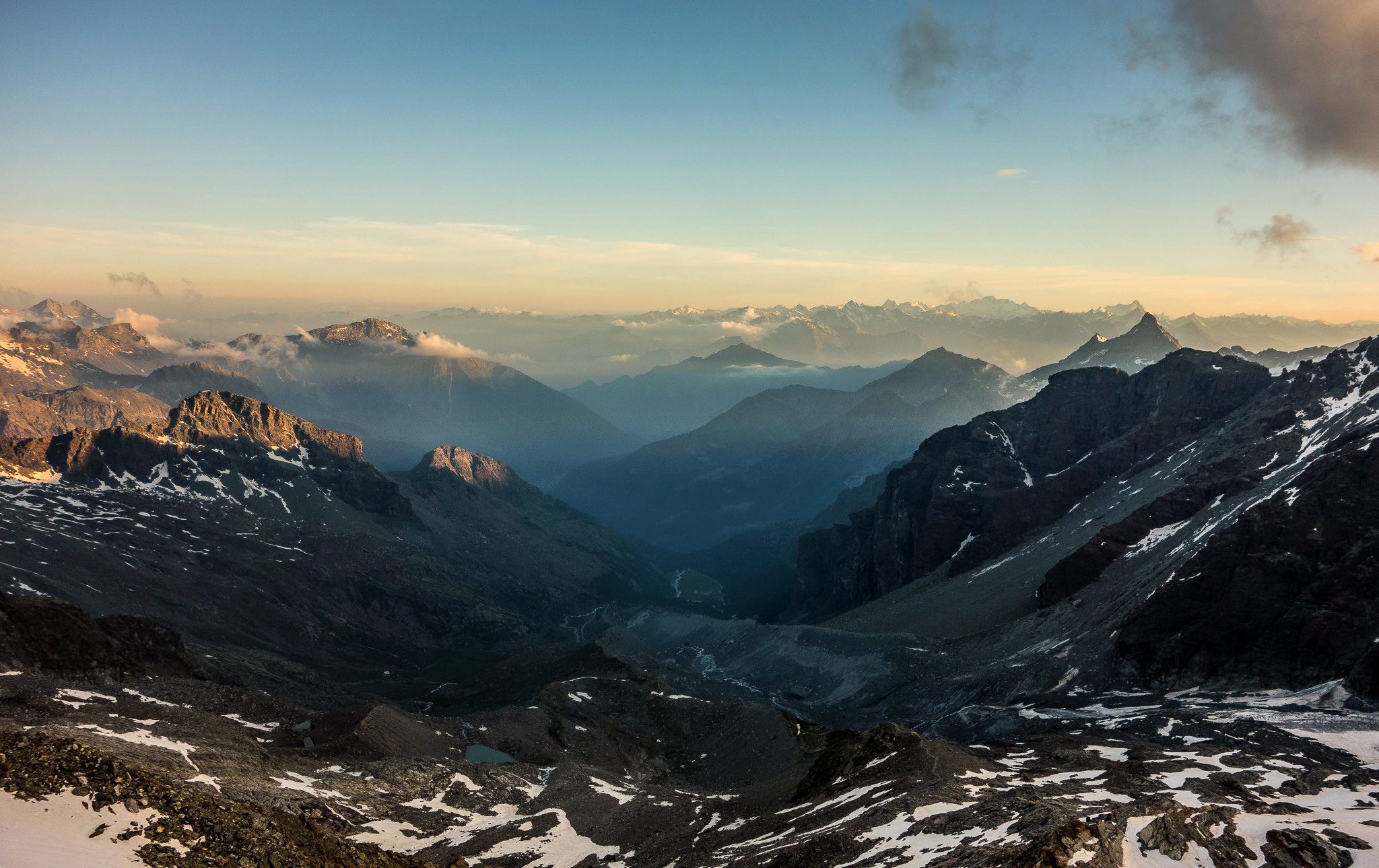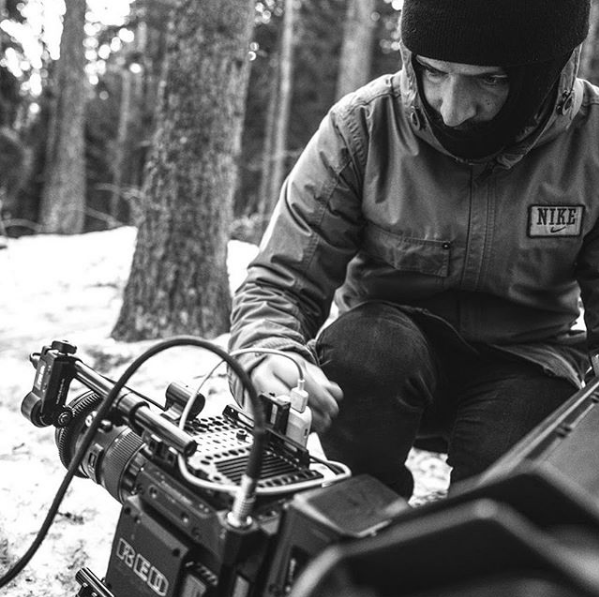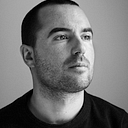Neutorya: Riaba’s Journey — Apogeus
The short film Neutorya: Riaba’s Journey — Apogeus introduces Humenhoid’s first intellectual property, set on Neutorya, an island involved in a 45-year armed conflict, where a runaway child begins his survival journey.

“Now listen to me. You must go. Hide in the mountains. You know where. Remember, son. From now on… You’re alone.”


1) What is the origin of this project?
It all dates back to 2017, when I imagined the scene of a Nordic island, Neutorya, involved in an armed conflict that lasted 45 years, with the idea of creating an entire narrative universe in which to set interconnected stories with a transmedia system. This video is a first pilot project and has the function of establishing the fundamental coordinates and the numerous narrative potentialities associated with Neutorya’s intellectual property. The meeting with Michel Dalle (Grobeshaus) and Luca Minieri (M-Lab) made it possible to evaluate the different technical aspects in relation to the choices of direction, photography and sound, allowing the original idea to evolve into a first definitive short film.
“We wanted to experiment: two days of work, three environments, two adults, and a child with no acting experience. The result was totally unexpected and surprisingly positive.”




2) Why is a child’s story interesting?
Children are unpredictable, animated by instinctive intelligence, curiosity and fear. I was interested in imagining a child’s survival journey to explore different emotional and narrative possibilities. In this case, we don’t know where he is fleeing, who is chasing him and where he is headed. We do not know his family, his country of origin, but we know that he suffered, that he is scared and that he needs to move. There are therefore many questions and many opportunities to find answers by exploring the complexity of the world of Neutorya. His point of view is also connected to us, because this is our first experience in the fictional world.
We see him at the beginning, while he climbs a snow-covered mountain, and then stopped in a cove, exhausted by the cold, thinking about crossing the wood, the words of his father, the worry of being chased. Finally, we share in his sadness, when he discovers that the geographical area around him is huge, unknown and dangerous, and his journey has just begun. It is in this final moment that the child realizes the desolation and drama that await him. It is the beginning of his challenge with the island of Neutorya.
“The choice of an African child is consistent with the Neutorya ecosystem. There is a justified story. Everything can be developed further in other projects.”











3) What was the production process like?
The first phase concerned the search for locations, selected from the most suitable places for the child’s narration. It was essential to be able to diversify the environments (woods, snow, mountains) to reconstruct the different environments during the first hours of his escape. All the locations had to respect certain criteria of light, geographical distance, and practicality: we had to move quickly, considering the movements of the sun and the limited time available to enhance the natural winter light. The low temperatures (-4 / -8 °) also made operations physically more difficult.
Filming therefore involved three main locations, all in the Aosta Valley: the forest (Torgnon, Valtournenche), the snow-capped peaks (Vetan, Saint-Pierre) and the cave (Courtil, Hône). There was a need to connect the child’s journey in a coherent way, without disorienting geographical differences. The light thus served to establish the time interval of the narration, following Riaba in his relationship with the environment. It was important to create a sensation of immediacy, representing a rapid movement between the forest and the mountains, then managing to return the difficulties that Riaba will have to face in the immense surrounding area.
“Audrey Dago’s stage performance, in his very first acting experience, was centered on his free experimentation by making autonomous decisions. Running, fatigue, breathing, movements and looks: everything turned out convincing and believable with minimal directing instructions.”

4) What creative developments are foreseen in the future?
As this is a first design experiment, our intention is to expand the narrative potential of the child’s adventure in this diverse and dangerous world, making him meet other characters.
We are currently focusing on the creation of another pilot short film, longer in duration, with the idea of expanding the scenarios into a minimalist, yet realistic and engaging plot, providing several immersive elements to begin exploring the ecosystem of the island.
“There is still much to be discovered and told in the hostile territories of Neutorya. It is a dynamic and complex universe. And Riaba’s journey of survival has just begun.”



Credits
Neutorya: Riaba’s Journey — Apogeus
(directed by Enrico Granzotto, 1’; Italy, 2020)
Starring
- Audrey Dago — the child (Riaba)
- Tim Plewman — the father (voice-over)
Production
- Enrico Granzotto —creative director, Humenhoid
- Michel Dalle — director of photography, Grobeshaus
- Luca Minieri — sound mixer, M-Lab
- Giorgio Violino — photographer



Legal notice
The iconographic material, the trademarks (registered or unregistered) and all the information reported as being in any case protected belong to the respective owners. The internal use of protected material responds exclusively to a scientific and cultural intent.
Contacts
Humenhoid is a creative research unit specialized in immersive entertainment and transmedia storytelling, with focus on cinema, tv series, and video games.
For information, communications or proposals for collaboration write to
Enrico Granzotto | e@humenhoid.com | Humenhoid.com | Instagram
Follow Humenhoid on Instagram
Humenhoid’s projects include:
- Project Prometheus
A comprehensive case study on information management and narrative design in the Alien (R. Scott, 1979) and Prometheus (R. Scott, 2012) interconnected franchises; (120 pp, available upon request).
